Falsification of documents is considered today a fairly common socially dangerous act. It has its own characteristics that distinguish it from other types of crimes. The falsification of official forms and other material information carriers can act as an independent act or be a way of committing another illegal action. Let us further consider what constitutes falsification of documents. 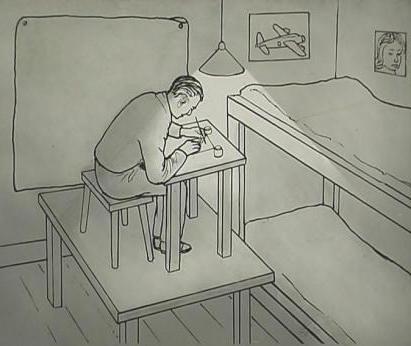
General information
In the Criminal Code, the falsification of documents is explained by describing the various actions for the production of fictitious elements of the form, paper, or other material information carrier. Thus, wrongfulness is established through the presentation of certain types of fake actions. Experts understand falsification as the production of a fictitious document using:
- Fake signatures, stamps and seals.
- Illegally seized blanks.
- Means of duplication, copying equipment.
The falsification of documents is also carried out by a complete change or correction of the original document by destroying part of the original text. This is done by cutting, etching, cleaning, washing off individual words, phrases, paragraphs. Criminals also make new entries in the document by pasting, pasting, adding.
Qualification
As mentioned above, the act in question can act as an independent crime. For example, this category includes:
- Falsification of election documents (Article 142 of the Criminal Code).
- Selling or making counterfeit securities or money.
- Official forgery (292 article of the Criminal Code).
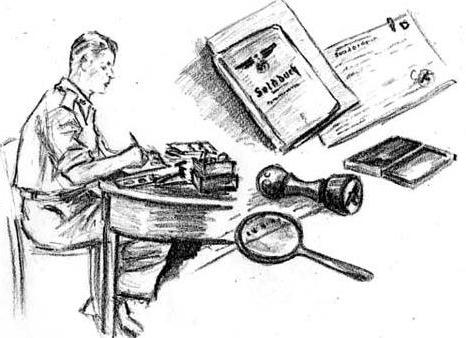
- Falsification of medical documents (prescriptions, certificates, etc.) - Art. 233 of the Code.
- Sales or production of fictitious payment / credit cards and other payment forms (Article 187).
- Falsification of documents, seals, stamps, state awards, as well as their marketing (Article 327 of the Code).
Kinds of fakes
Given the differences in the characteristics of the compositions, forgeries can be combined into two groups: general and special. The falsified documents themselves can be:
1. With intellectual forgery. As a rule, all the required details and the correct form are saved on such forms, but the content is not true.
2. With material forgery. He, in turn, provides for:
- partial falsification - the original has been adjusted by replacing sheets, a photo card, erasing, etching, and so on;
- a complete fake.
In the latter case, it is planned to manufacture and select all the elements: letterhead, handwritten text, paper, certification instruments (stamps, signatures, etc.). In this case, the falsification of the document is carried out according to the appropriate model. Today, some details are imitated using high-quality printers and computers. Full fake, as a rule, is carried out on a clean sheet. In rare cases, documents obtained by the printing method are completely falsified. 
Dummy forms
They should be distinguished from fake. Fictitious documents are drawn up on behalf of existing or fictitious organizations, are not drawn up by the person or institution that should be created. At the same time, criminals can use genuine, but illegally seized stamps, letterheads. The main difference between a fake document and a fake one is their content. It is false and does not correspond to the real situation. For example, scammers use identities of fictitious organizations.For their manufacture, genuine blank forms are used, in which a photograph of the criminal is pasted.
Types of Anti-Counterfeiting
Today, certain means are envisaged by which one can distinguish a falsified document from the present. In particular, chemical, printing, technological forms of protection are used. In this regard, it is rather difficult for criminals to make a fake in artisanal conditions. In the course of falsification, documents acquire certain characteristics that make it possible to doubt their authenticity. 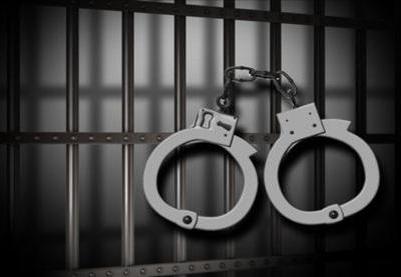
A responsibility
What threatens falsification of documents? The Criminal Code provides for various types of punishments for fake. So, for the manufacture of forged certificates, official and other papers that provide any rights or relieve oneself of duties, the creation for subsequent sale in order to profit from state awards, seals, stamps, letterheads, it is established:
- Restriction of freedom for a period of up to 2-3 years.
- Arrest up to 6 months.
If repeated falsification of documents has been committed, article Criminal Code of the Russian Federation No. 327 provides for imprisonment. The period of imprisonment in this case can be up to 4 years. If the subject knowingly knew that he was using a fake document, he was threatened with:
- 6 months arrest
- Mandatory work up to 240 hours
- Penalty (up to 200 minimum wages or in the amount of the guilty income / salary for 1-2 months).
- Correctional work lasting up to 2 years.
Signs of a fake print
When creating a fake print through drawing, the following are detected:
- A puncture in the center of a fake round seal from the leg of the compass, if it was used when applying the frame.
- The non-radial arrangement of some letters in the text and their asymmetry with respect to separating characters, the picture in the inner part of the print.
- The heterogeneity of the size and appearance of the letters of the same name.
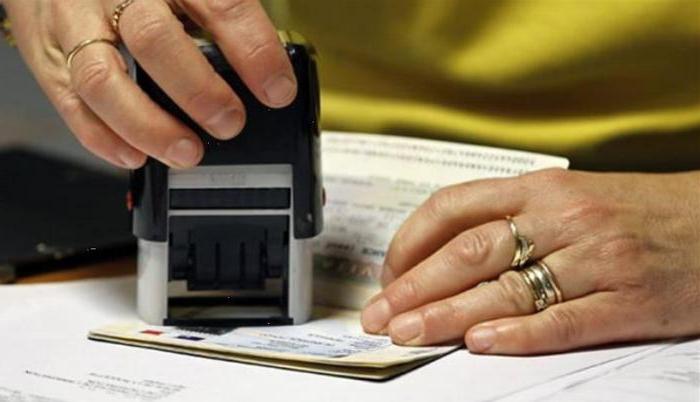
In a fake print, semantic or spelling errors are often found. In addition, a characteristic feature of fake printing is the mirror arrangement of letters, the absence of some printed characters or their elements. To eliminate mirroring, criminals often use intermediate copying on a sticky base (photo paper, for example).
Disguise
The falsification of some details, primarily stamps or seals, is sometimes hidden by means of "accidental" pollution, friction, damage to the document. Also, criminals use bending of sheets, apply stains, shade the background, deliberately wet the paper and dry it later, trying in such a way to mask the signs of falsification. This allows you to give the fake a shabby, old look, simulate the accidental effects of paint, moisture, pollution, etc.
Signatures
Their falsification is carried out by imitation (imitation) of the true stroke of the person on whose behalf the document is certified, as well as copying using technical tools and means. The fake signature is set when revealing unbroken preparatory strokes next to the stroke. Signs of a fake stroke are also slowing down movements, the presence of double lines that do not partially or fully coincide, and pressure on the paper. 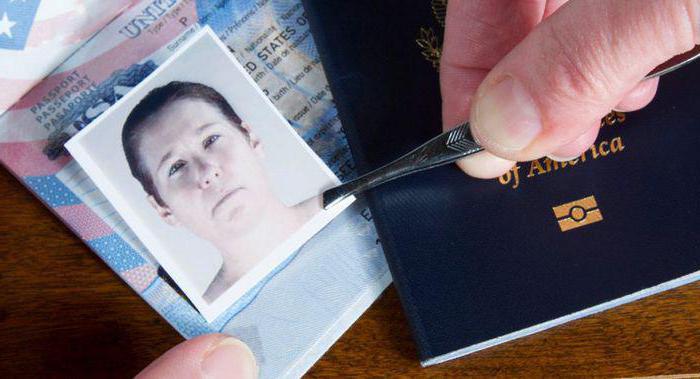
Multipage fakes
When replacing sheets in such documents, differences in the sizes of the inserts, their shades, and the cut line can be detected. Also, the puncture sites may not coincide with the location of the staples, the numbering order, numbers and series of pages. Fragments of other similar papers are pasted into some documents. This is done to change numbers and series. As a rule, such falsification is found on lottery tickets, loan bonds.



